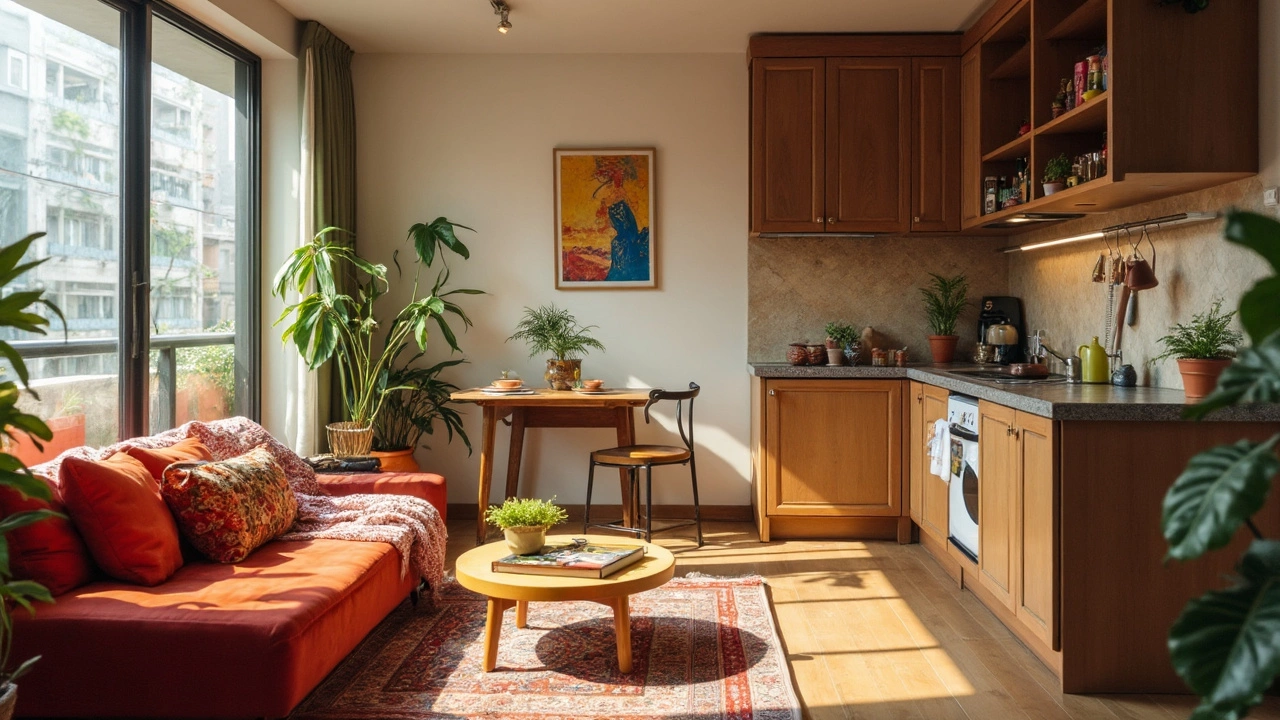Japanese Housing: What to Expect When Looking for a Home in Japan
Thinking about living in Japan? You’ll quickly see that homes here feel different from what you see in most Western markets. From tiny studio apartments in Tokyo to spacious family houses in the suburbs, Japan offers a range of options that match different lifestyles and budgets. This guide breaks down the most common housing types, explains what drives prices, and gives you practical tips to avoid common pitfalls.
Common Housing Types in Japan
First up, the apartment. In cities like Tokyo, Osaka, and Kyoto, the word “apartment” usually means a 1K (one room with a kitchenette), 1DK (one room plus dining/kitchen area), or 1LDK (one room with separate living, dining, and kitchen). These units range from 20 to 40 sqm and are perfect for single people or couples who want to be close to work and transit.
If you need a few more rooms, look for a 2LDK or 3LDK. The “LDK” part tells you there’s a living‑dining‑kitchen space, while the numbers before it indicate the number of bedrooms. Families often choose these layouts because they provide a clear separation between private and shared areas.
Outside the city core, you’ll find mansion (condo‑style) and apartment (often a low‑rise building) units that offer a bit more space and sometimes a small garden or balcony. In the suburbs, detached houses called 一戸建て (ikkodate) become popular. These homes typically sit on 100–200 sqm plots, have two to three stories, and may include a garage or a small garden.
Another unique option is the share house. These are communal living arrangements where you rent a private bedroom but share kitchens, bathrooms, and living rooms with other tenants. They’re a budget‑friendly way to meet people and often come fully furnished.
Key Factors When Buying or Renting
Location drives price more than anything else. A one‑room apartment near a major subway station can cost twice as much as a similar unit a few blocks away. When budgeting, add the maintenance fee (管理費) and repair fund (修繕積立金) to the rent or mortgage payment. These fees cover building upkeep, cleaning of common areas, and future repairs.
For rentals, check the key money (礼金) and deposit (敷金). Key money is a non‑refundable thank‑you payment to the landlord, often one month’s rent. Deposits are refundable, but landlords may keep part of it for repairs. Knowing these upfront costs helps you avoid surprise cash‑outflows.
If you’re buying, the property tax (固定資産税) and city planning tax (都市計画税) add to your annual expenses. Also, many homes are sold “as‑is,” meaning you might need to budget for renovations, especially if the building is older than 20 years.
When signing a contract, read the clauses about early termination. Some landlords charge a penalty if you break the lease before the agreed term. In Japan, leases typically run for two years, so plan your stay accordingly.
Finally, think about the future. If you plan to stay long‑term, a purchase might make more sense, especially in areas where land values are still rising. For short stays or work assignments, renting a share house or a serviced apartment offers flexibility without the hassle of buying.
Bottom line: Japanese housing can feel compact, but clever design makes the most of every square meter. By understanding the common layouts, extra fees, and local market quirks, you’ll be better equipped to find a place that fits your budget and lifestyle. Happy house hunting!

Understanding 2K Apartments: Meaning, Layouts, and Lifestyle in Compact Spaces
Get the real scoop on what a 2K apartment is, who it's for, how it’s different from others, practical layout tips, and how to make the most out of these compact homes.




